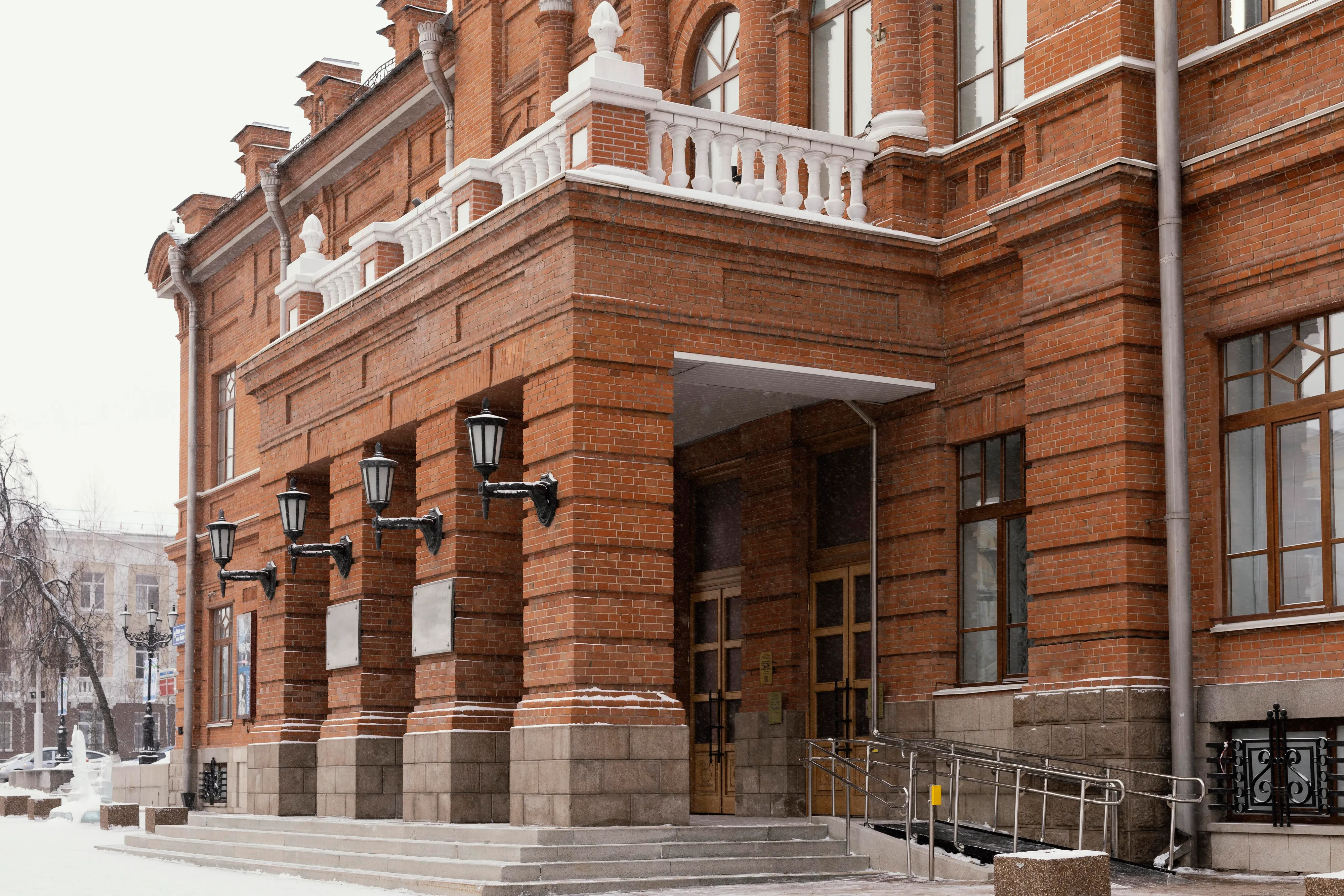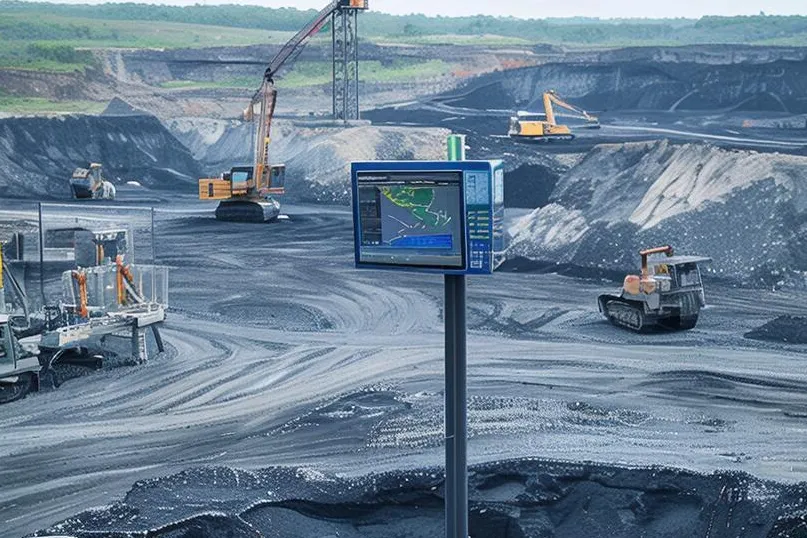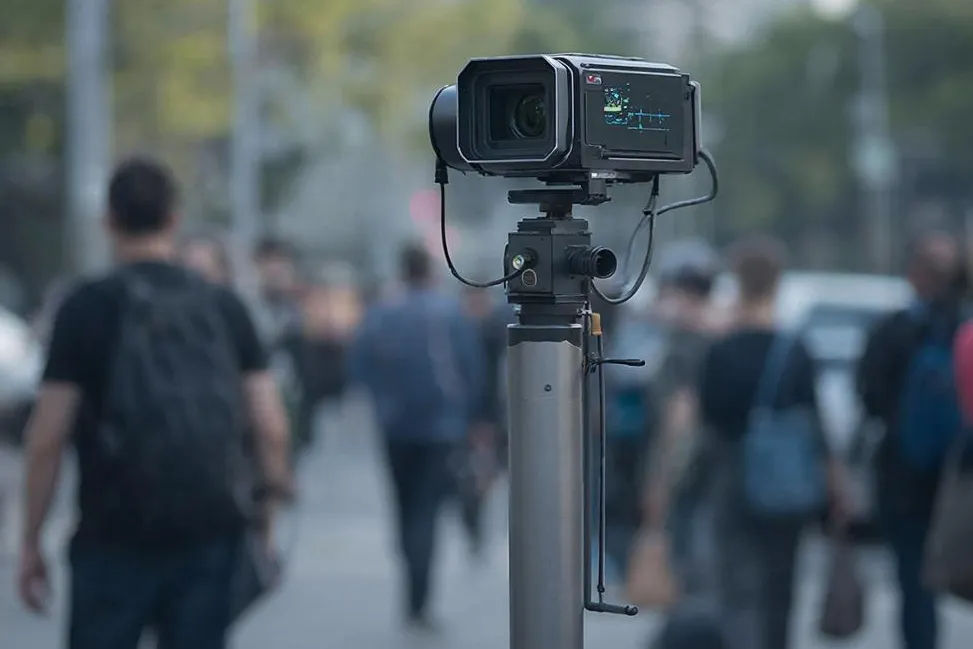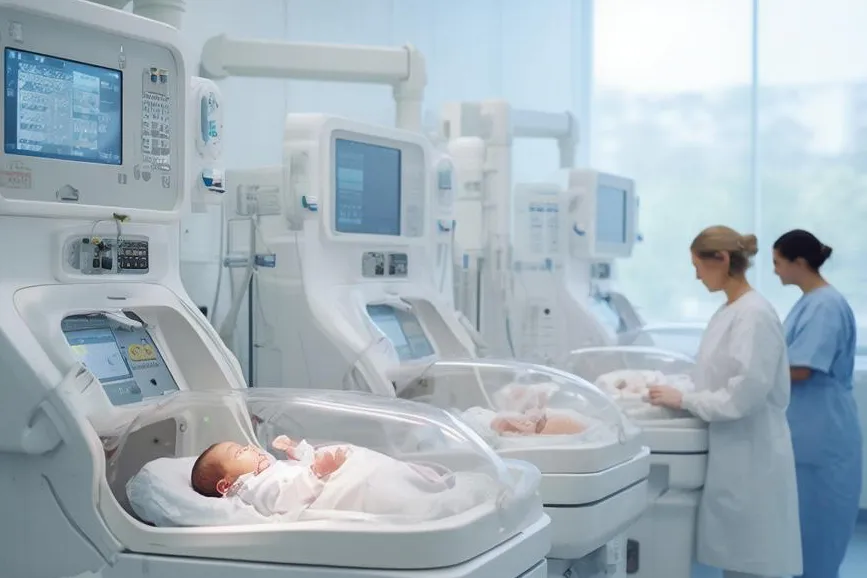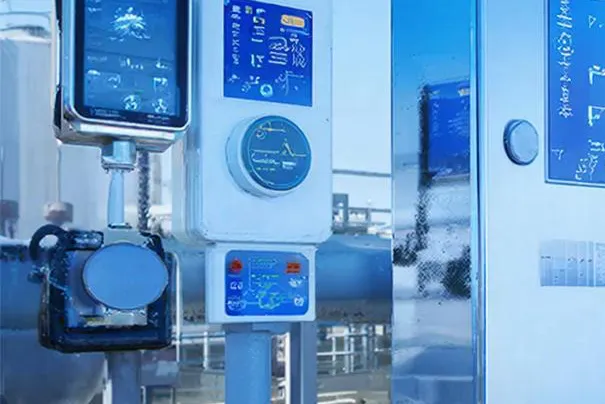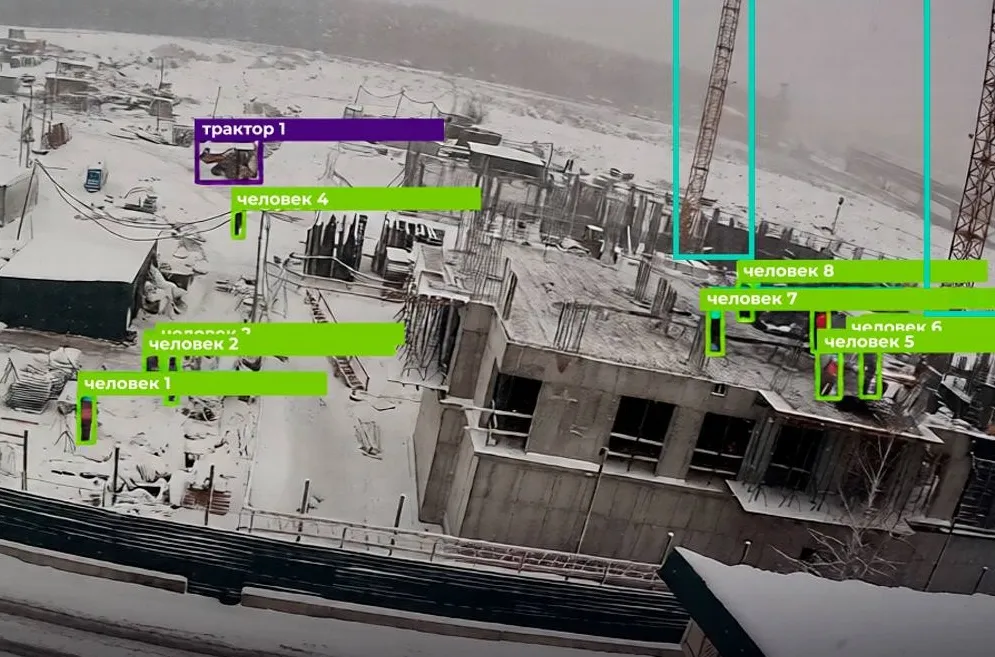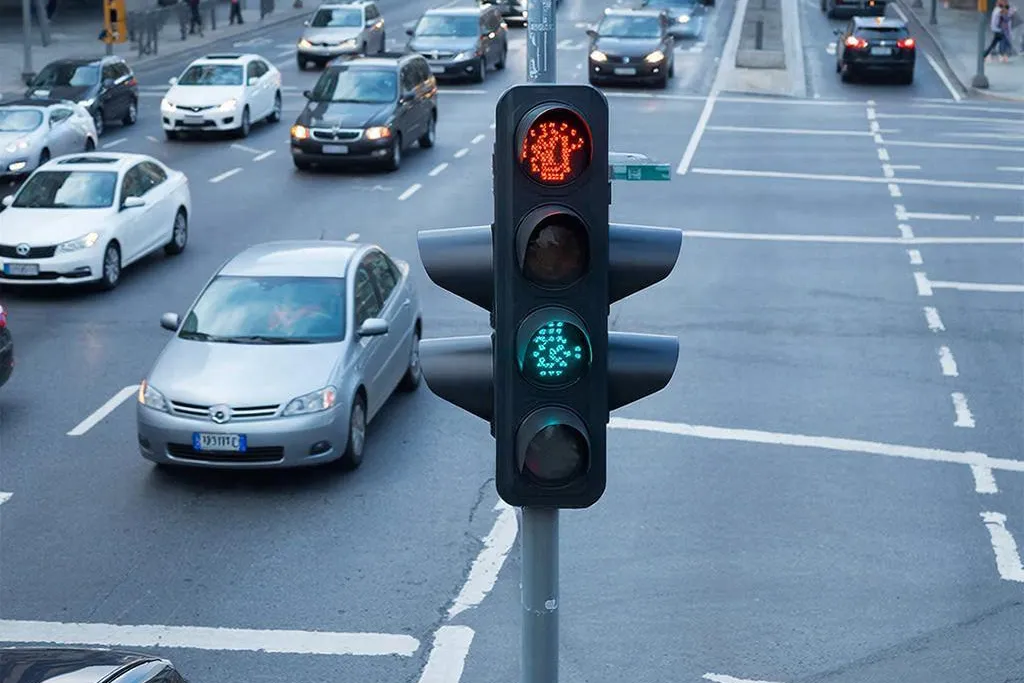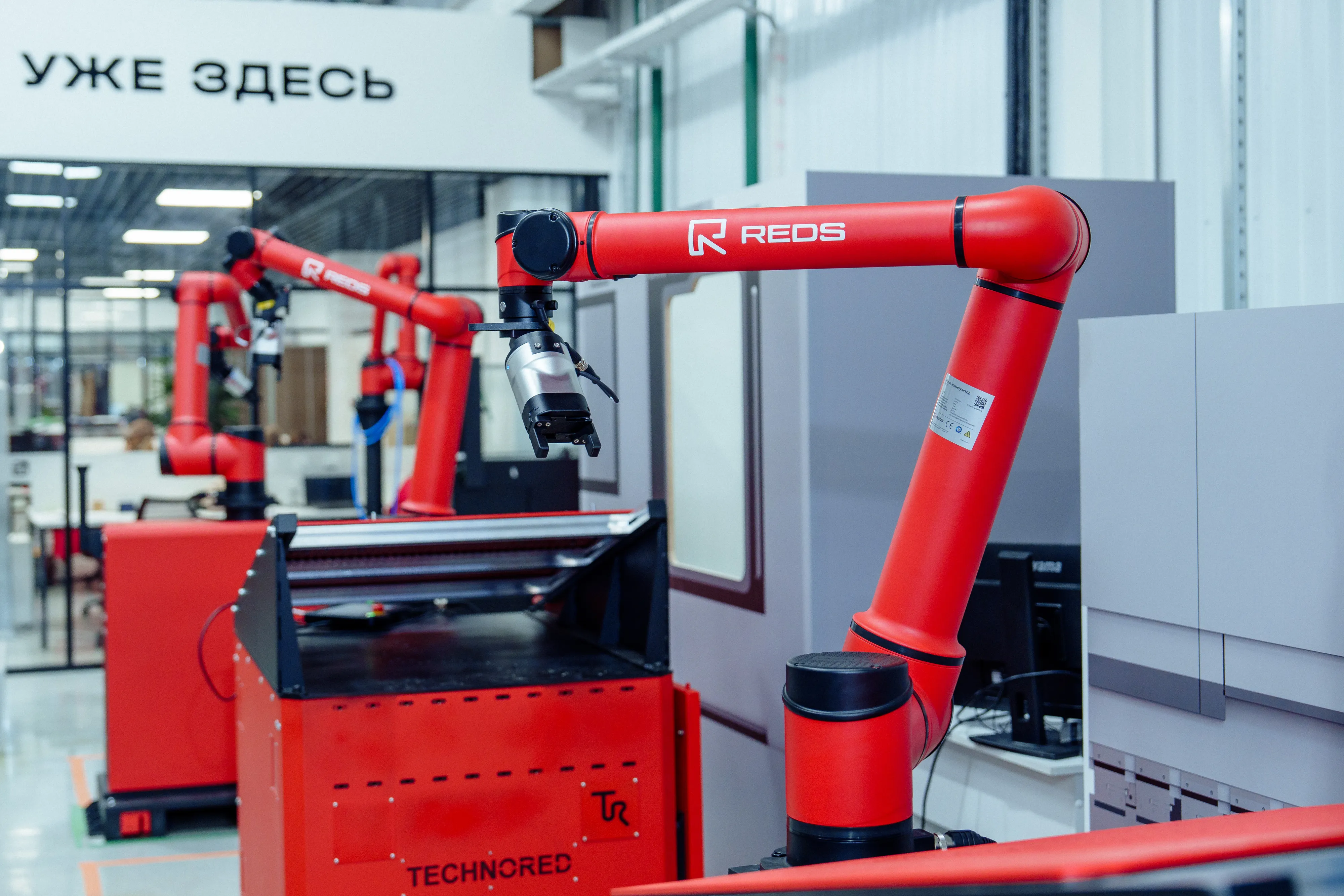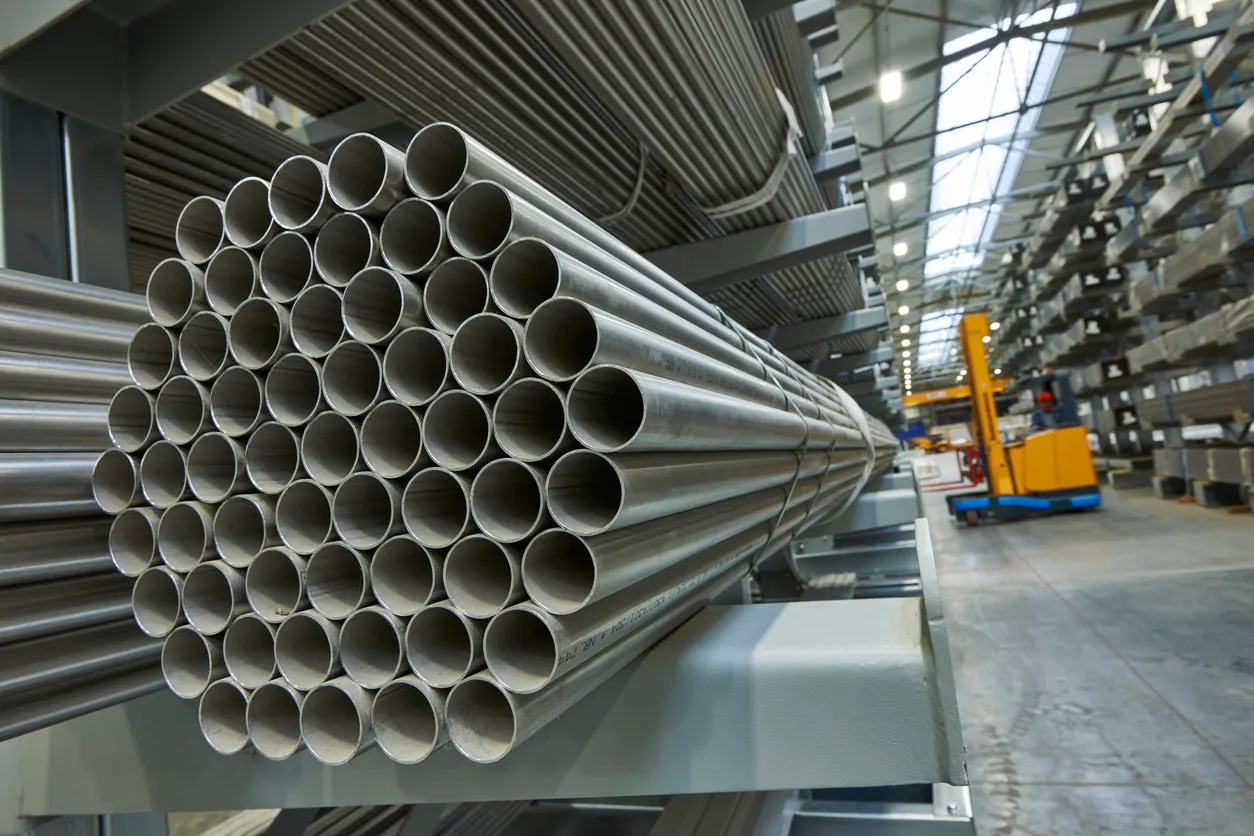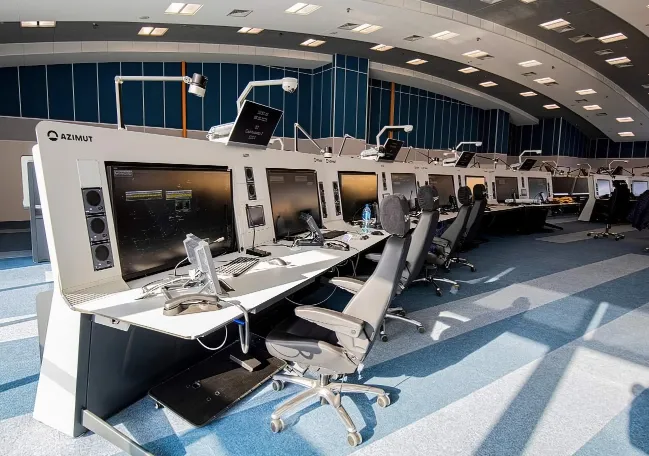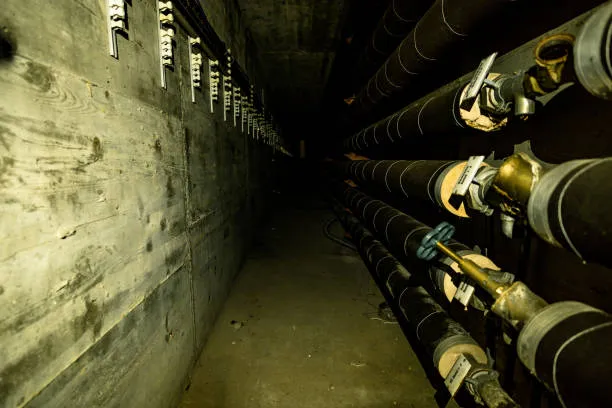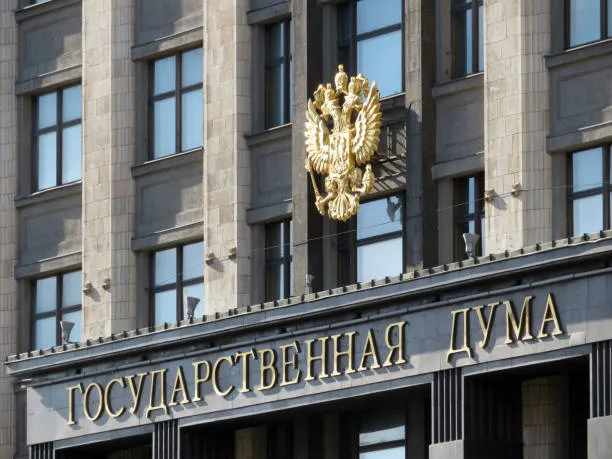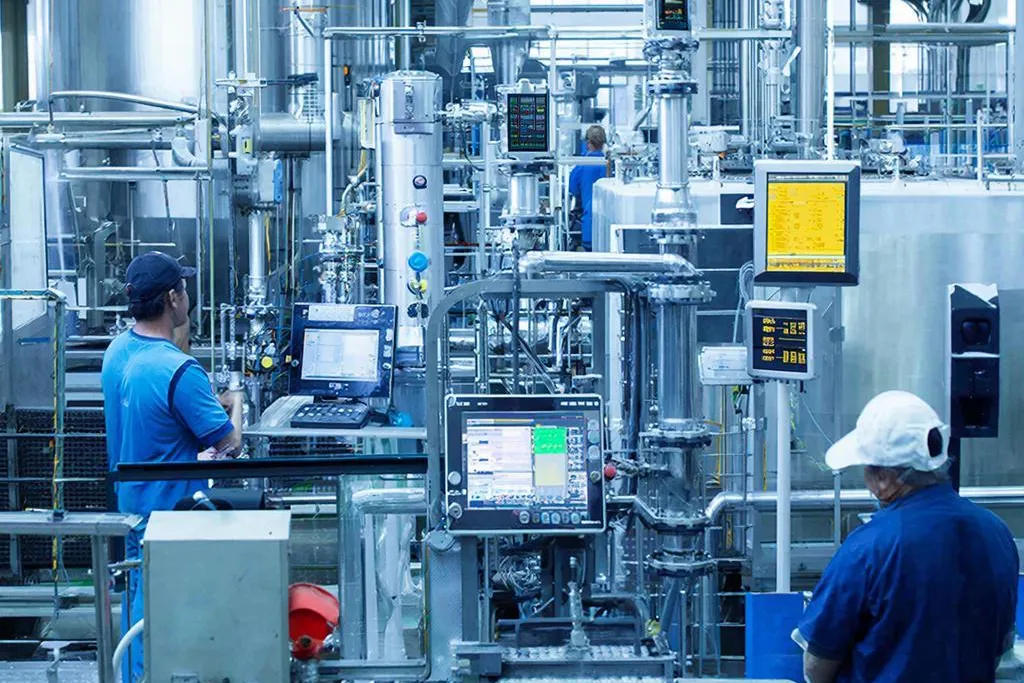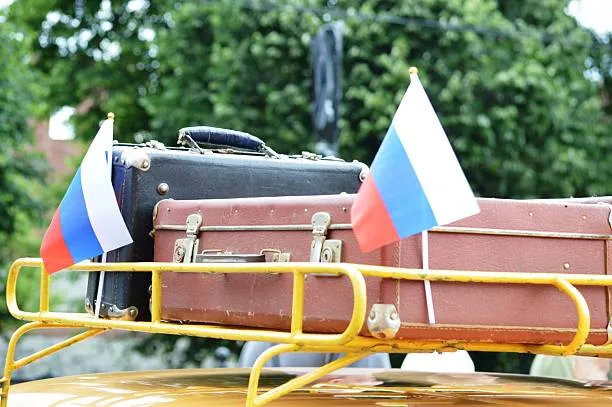In Russia, AI Detected Osteoporosis Where No One Was Looking

Doctors in Moscow are using artificial intelligence to spot early signs of osteoporosis in routine chest CT scans, turning everyday medical imaging into a powerful diagnostic tool.
Russian doctors have found a way to detect osteoporosis even when it is not the focus of examination. By applying artificial intelligence to chest CT scans ordered for other conditions, physicians can now catch the disease in its earliest stages, according to the Research Institute for Healthcare Organization and Medical Management.
The algorithm, developed by Moscow’s Center for Diagnostics and Telemedicine in collaboration with international partners, screens scans for two key markers: reduced bone density (osteopenia), which appeared in 26.5 percent of patients, and spinal deformities or fractures, found in one in five cases.
What makes the approach stand out is its accuracy. Radiologists with decades of experience have confirmed the AI’s findings, ensuring the results are not only fast but reliable. Osteoporosis is often invisible until a fracture occurs, particularly among older adults. This method allows physicians to identify it earlier without additional radiation, saving both time and resources by repurposing existing imaging data.
The breakthrough could redefine preventive medicine. By catching osteoporosis during routine lung scans, doctors may prevent thousands of serious fractures and improve outcomes for aging populations.
The technology is already in use at clinics in Moscow and could eventually become part of Russia’s nationwide early-diagnosis infrastructure for age-related diseases.








